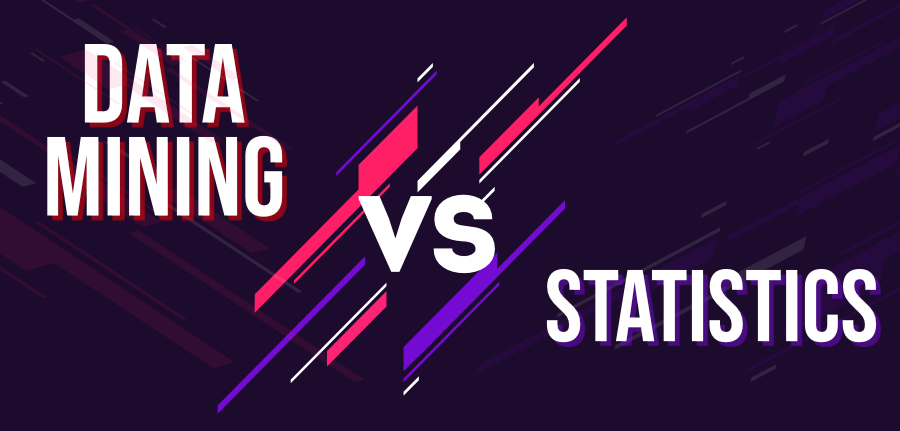Difference Between Data Mining and Statistics
Last Updated :
30 Sep, 2022
Data mining: Data mining is the method of analyzing expansive sums of data in an exertion to discover relationships, designs, and insights. These designs, concurring to Witten and Eibemust be “meaningful in that they lead to a few advantages, more often than not a financial advantage.” Data in data mining is additionally ordinarily quantitative particularly when we consider the exponential development in data delivered by social media later a long time, i.e. big-data.
Statistics: Statistics is the science of collecting, organizing, summarizing, and analyzing data to draw conclusions or reply questions. In expansion, measurements are around giving a degree of certainty in any conclusions. The practice or science of collecting and analyzing numerical information in huge amounts, particularly for the reason of gathering extents in entirety from those in a representative test.

Below is a table of differences between Data Mining and Statistics:
| Data Mining |
Statistics |
| Data utilized is Numeric or Non numeric. |
Data utilized is Numeric. |
| Inductive Process (Generation of modern hypothesis from data) |
Deductive Process (Does not include making any forecasts) |
| Data Cleaning is drained data mining. |
Clean data is utilized to apply statistical strategy. |
| Investigate and assemble data to begin with, builds show to distinguish patterns and make theories. |
It gives speculations to test utilizing statistical. |
| Reasonable for expansive data sets |
Suitable for littler data sets |
| Needs less client interaction to approve model thus, simple to automate. |
Needs client interaction to approve show consequently, troublesome to automate. |
| It’s an calculation which learns from data without utilizing any programming rule. |
Formalization of relationship in data within the shape of mathematical condition |
| Skills required for data mining are Classification, Clustering, Neural network, Association, Estimation, Sequence based analysis |
Skills required for Statistics are Descriptive Statistical, Inferential Statistical |
| Applications are Financial Data Analysis, Retail Industry, Telecommunication Industry, |
Applications are Demography, Actuarial ScienceBiostatistics, Quality Control |
Like Article
Suggest improvement
Share your thoughts in the comments
Please Login to comment...